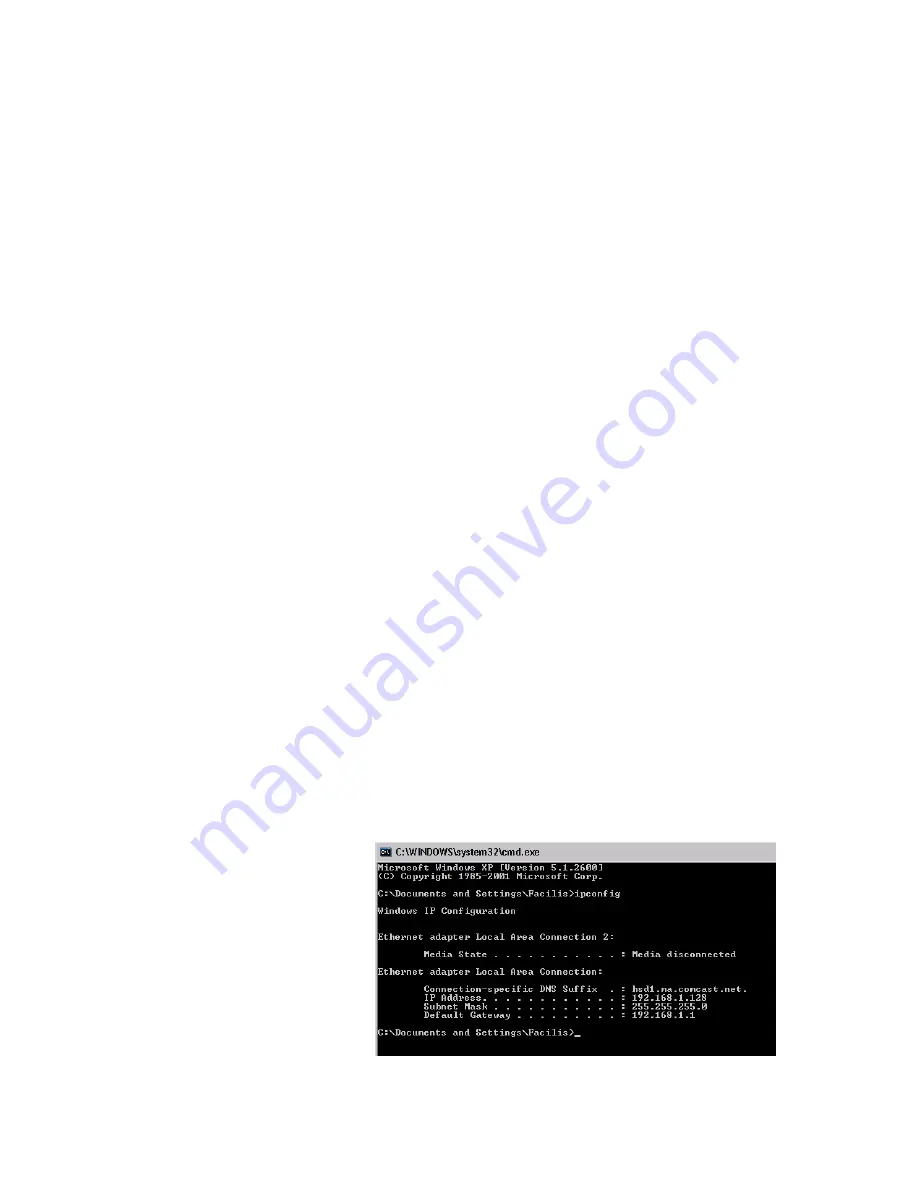
56
Ethernet Shared File System Setup
Your TerraBlock Server may have initially shipped standard with Fibre Channel only
connectivity. Ethernet connectivity can be enabled at any time provided the server
has a Shared File System (SFS) license. New TerraBlock Servers have the Ethernet
option enabled by default.
This is achieved with either a single Ethernet connection from the TerraBlock NIC
card to an Ethernet switch, four teamed Ethernet links from the TerraBlock to an
Ethernet switch, or, with servers shipped after 8/1/2010, a 10Gbit uplink to a 10Gbit
enabled switch.
The following section describes how to install and configure a single and four way
teamed Ethernet configuration. Since the Shared File System (SFS) is a pre-requisite
to using the Ethernet option it is assumed in this section that all requirements for
Shared File System have been met.
Single Ethernet Connection
A lower bandwidth configuration can be achieved by utilizing the onboard Ethernet
adapter of any model TerraBlock Server.
The server Ethernet port should be cabled to the switch (switch models may vary).
The Ethernet port from the server will then have to be configured. It can be
configured with a static IP address or set to DHCP if your network supports this
function.
Keep in mind, for best performance an isolated network is optimal. It is also
recommended that you disable the Windows Firewall Service for best performance.
The Windows Firewall Service can be disabled via the
Computer Management console under Services and
Applications > Services.
To configure the TerraBlock Server’s Ethernet port, right-click on ‘My Network Places’
and choose: ‘Properties’. Right-click the active network interface card (NIC) that has
been cabled to the Ethernet switch and choose ‘Properties’. Select ‘Internet Protocol’
in the list and then press the ‘Properties’ button. Here an IP address can be specified
or DHCP can be selected if your network supports this functionality.
Once the Ethernet configuration is complete, the IP address can be confirmed by
going to the Start Menu and
choosing ‘Run’. In the ‘Run’
window, type “cmd” and hit
enter. At the cursor prompt
(>) in the command prompt
window, type “ipconfig” or
type “ipconfig /all”, for
extended information. Your
server’s IP address will be
listed along with additional
information about your
network configuration such
as Subnet Mask and Default






























